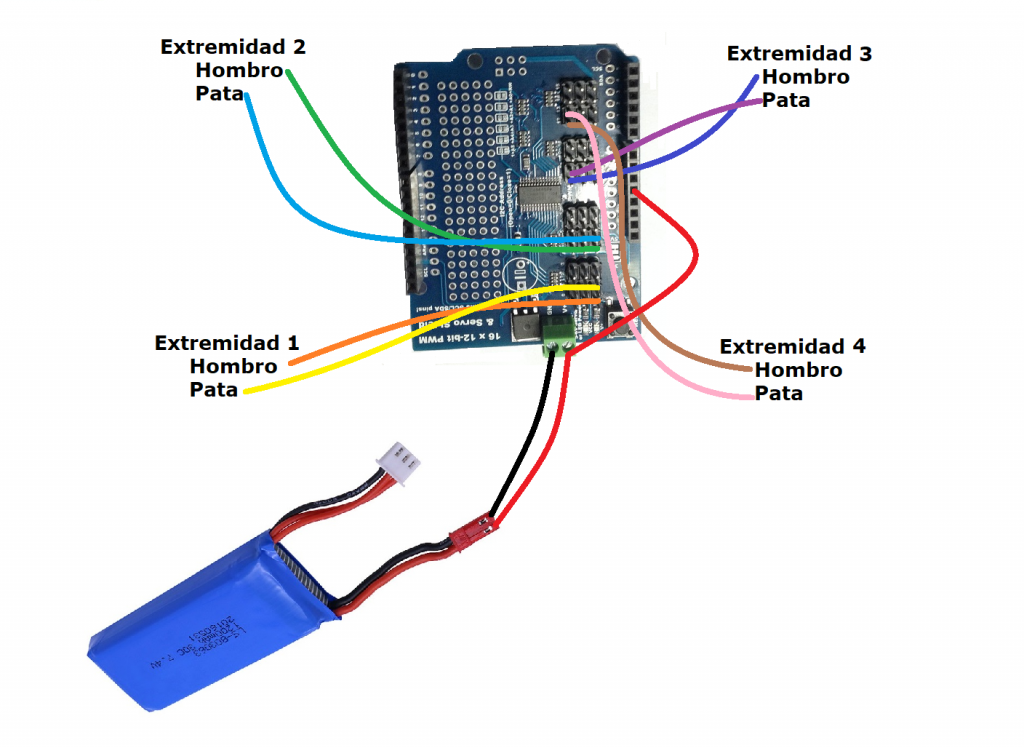
So you would need to keep track of the last light level, then in loop() check if the current light level is different (and greater than some threshold you will have to determine through testing), then change the state of the blinds and store that last level. You want it to do the task and then in loop() wait until the state (light level in your app) has changed. That is wasteful and will burn out the motor in something like a blinds application, day in, day out. Key thing is that you don't want to be energizing the motor continuously (which is how standard servos maintain position). They have torque but they are much slower than continuous servos. A better solution might be a small gearhead stepper motor like this one from AdaFruit. If you go with the switches, then a continuous servo would work.

(See this Polou page for details.) This means you won't know when the blinds have reached their open/closed positions unless you also add limit switches. With continuous servo motors, you give up position information. Int servoDegree = map(servoPos, 255, 0, 0, 179) Serial.println(analogRead(sensorPin)) // print carriage return Serial.print("Cell = ") // print the value (0 to 1024) For DEBUGGING - Print out our data, uncomment the lines below
Programar servo motor arduino serial#
Serial.begin(9600) // start serial for output - for testing Int sensorPin = A0 // select the input pin for the ldr If light sensor detects dark then rotate the servomotor a to a certain degree and then stopĪnd if light sensor detects light then rotate the servomotor to a certain degree and then stop. I guess I will need a if statement something like this: I wanted it to work with a continuous servo motor because you can "control it better" and its the one I have.
Programar servo motor arduino code#
This code works for a standard servo motor. So the slats of the venetian blinds will rotate to a open position when the light sensor detects darkness and rotate to a closed position when the light sensor detects light. Im creating a automatic venetian blind where it will open when dark and close when bright. Technical specification Technical specification of MG 996R. For example, you can see the MG 996R very frequently in 3D-printed robotic arm applications.

In contrast to the likewise popular SG90 servo, the MG 996R is able to rotate much higher weights. Im doing a home project just for fun and Im pretty new to the Arduino, but I do know the basics. MG 996R Servo Motor The MG 996R is a popular servo motor within the Arduino Community.


 0 kommentar(er)
0 kommentar(er)
